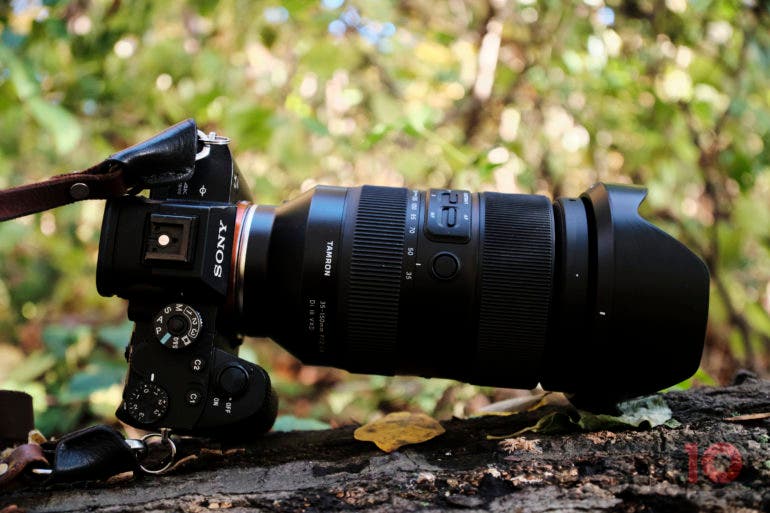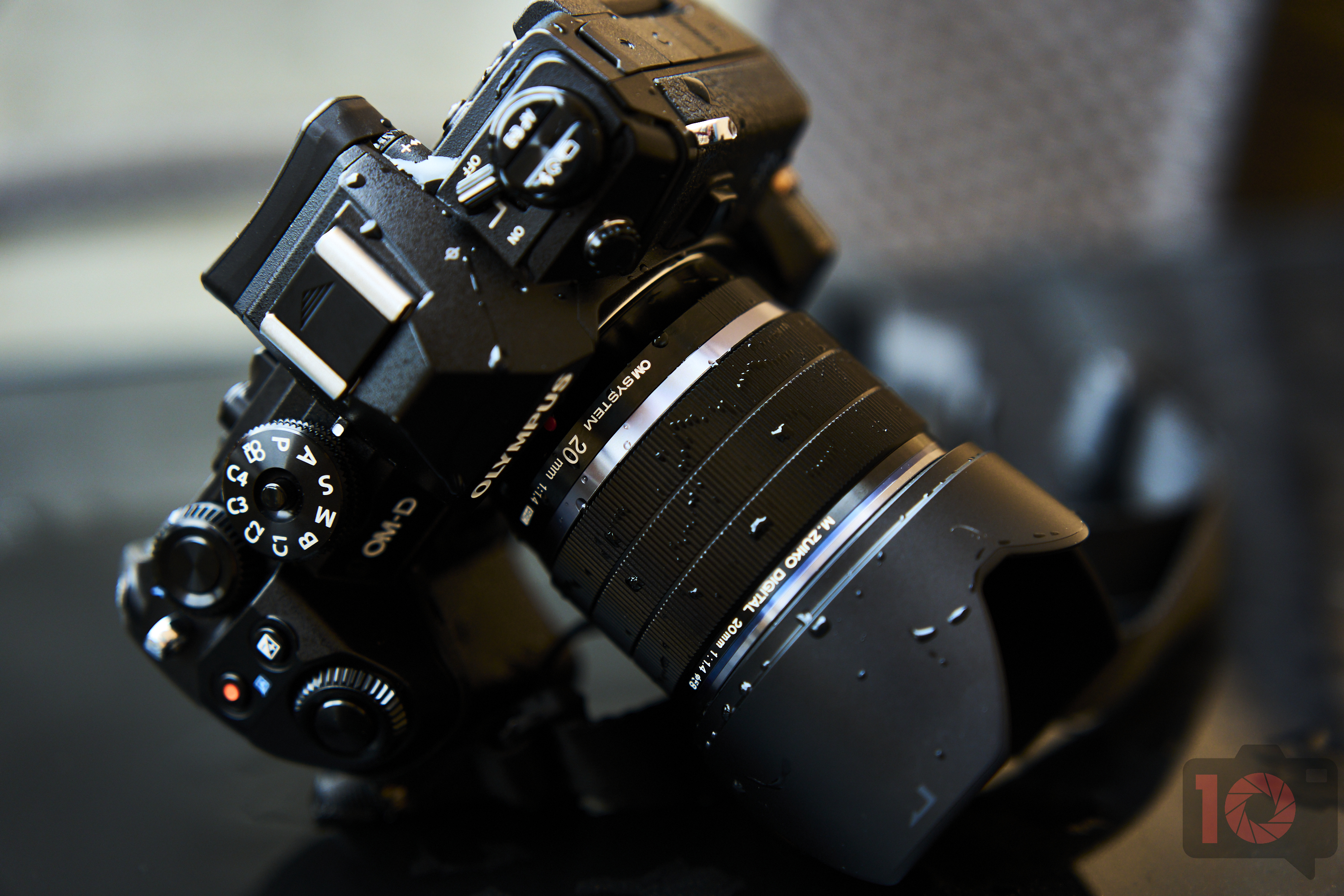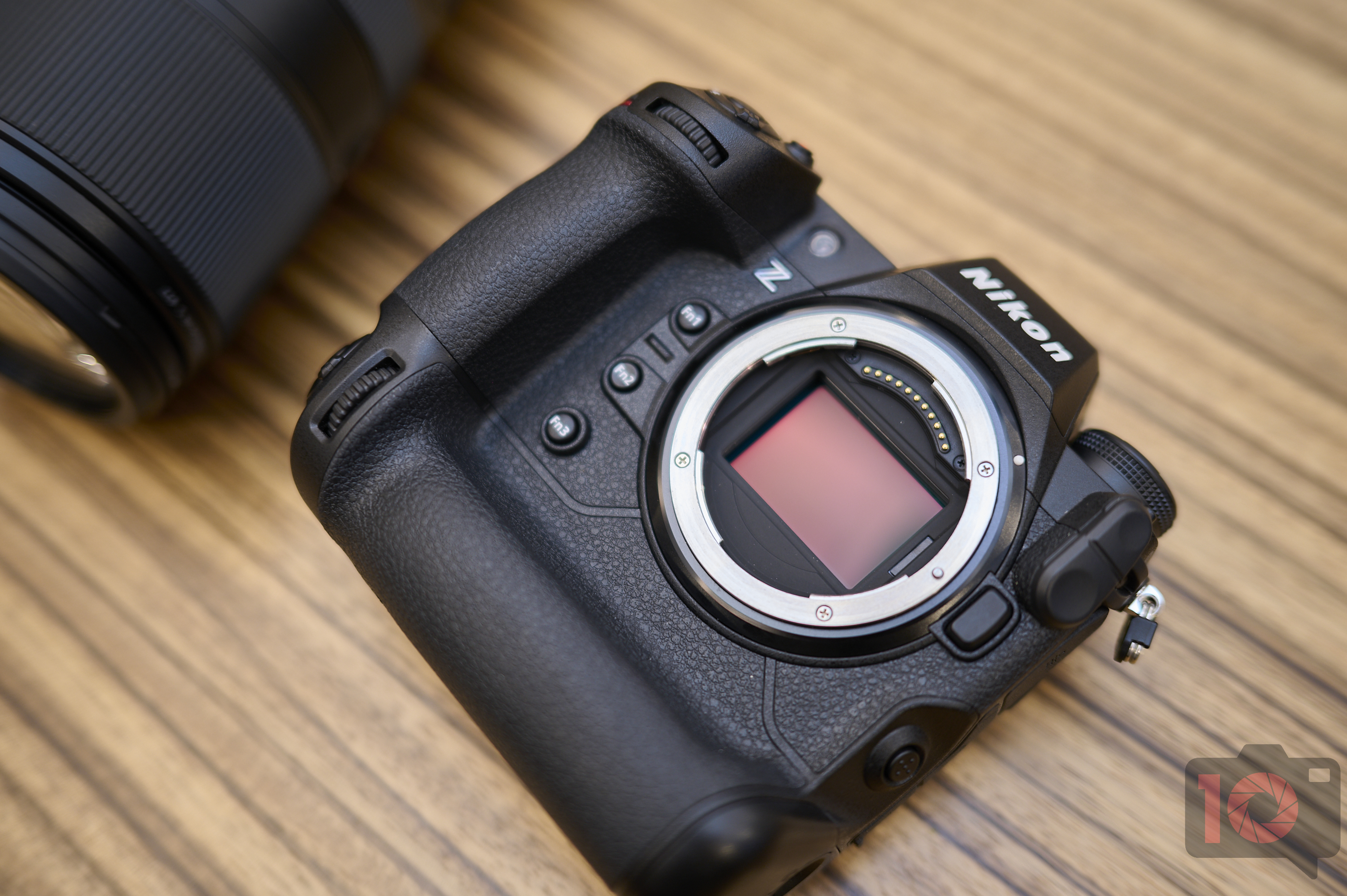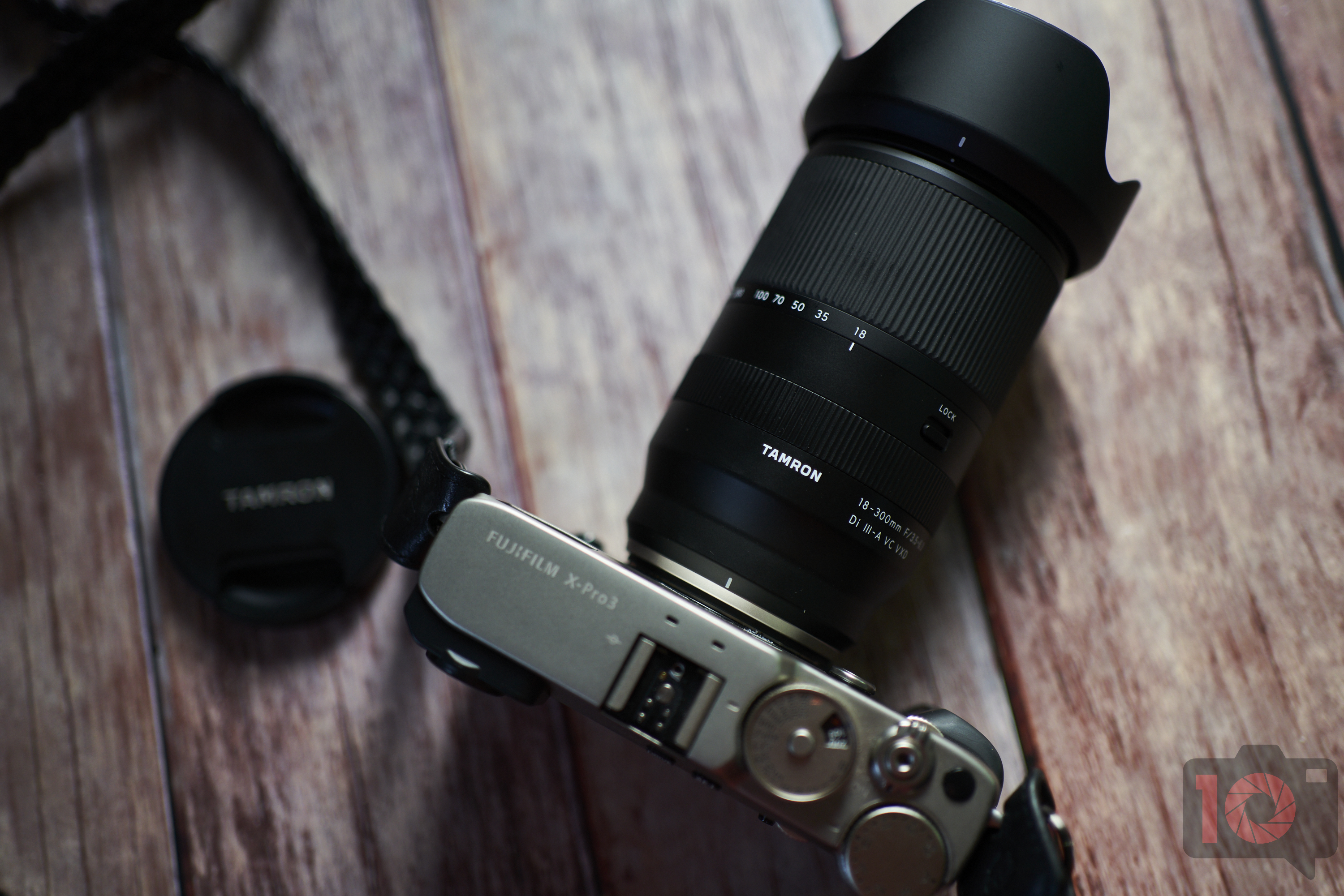Every single camera is good. Technology has gotten to a point where all cameras are capable of taking great photos. But there’s more than ensuring good results that goes into making a camera. Believe it or not, they’re mostly the same in some ways. It’s easy for someone to think one camera is similar to another until you pick them up and use them. With this in mind, cameras need to diversity.
They Can All Achieve Fast and Accurate Autofocus, But They’re Not the Same
Years ago, some cameras just wouldn’t be able to autofocus. As slow as molasses, their performance would be bad for both contrast and phase-detection. But that’s all changed. They can all autofocus now. Will they always be able to autofocus quickly? No. Can they all keep a moving subject perfectly in focus? No. Do they all have animal and bird face detection? No way. And you can bet they all don’t have vehicle detection. However, they can all autofocus and take a portrait of a subject in good lighting. Their performance will vary in low lighting, and autofocus speed will vary depending on the brand used.
But again, if you just want them to take a picture, all cameras can all do it pretty well. Even Sigma, much maligned by reviewers, makes cameras that do the very basics.
They’re more or less copying one another. When one brand does face detection, so too does another. Some brand will try animal detection, and then another brand will try it too. Because they’re constantly copying each other, the products become the same.
Most are Weather Resistant, and That’s Very Important
Most cameras have weather resistance these days. We’re happy about that. It’s not important just for going out into the rain, but also for sensor protection. Plus, your cameras will keep working in tip top shape for longer if they’re built better. The way I think about this is like how my mother treated the Toyota Camry we had growing up. She’d use it to haul hundreds of pounds of stuff from Home Depot. The entire suspension system was screwed up. Of course, there are cars designed to do that kind of stuff. But, a ’97 Camry in 2011 just couldn’t handle it. Similarly, your Nikon z50 isn’t going to resist what a Nikon Z7 II will. The Sony a7c won’t stand up to everything the Sony a1 can either.
At this point, more weather resistant cameras need to be hitting the market.
There are also folks who say weather resistant cameras don’t necessarily need weather resistance. But it’s a big issue for anyone that actually uses their cameras, warranties, insurance, etc.
All Ergonomics Follow More or Less Two Design Variants
All cameras follow one of three designs:
- The SLR: like most cameras with a raised viewfinder.
- The rangefinder: in my opinion, this is the best.
- The box: Hasselblad and Sigma more or less do that.
With that in mind, there are subtleties that make one camera look and feel different from another. Sometimes it’s a small thing like thumb grips. Other times it can be the exterior materials. But when they’re all copying one another or changing things slightly, it’s easy for everything to be the same.
They’re All Using More or Less the Same Sensors
All sensors come from maybe three companies: Canon, Sony, and Tower Jazz. So they’re all getting the same image quality until they start doing this own tweaks via the processor and more. This is a big problem. At the root of it all, most cameras on the market have the same Sony sensors in them. What’s the point of discussing image quality if they’ve got the same starting point? The processor and the tweaks companies make surely have something to do with it. But again, they’re all more or less similar.






Leave a Reply